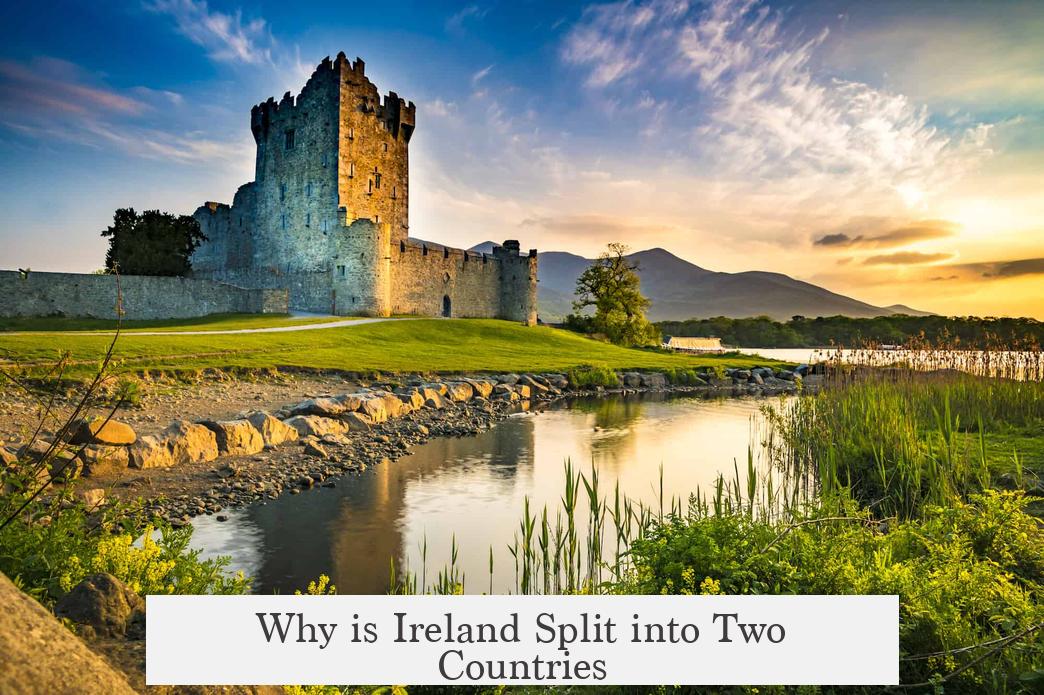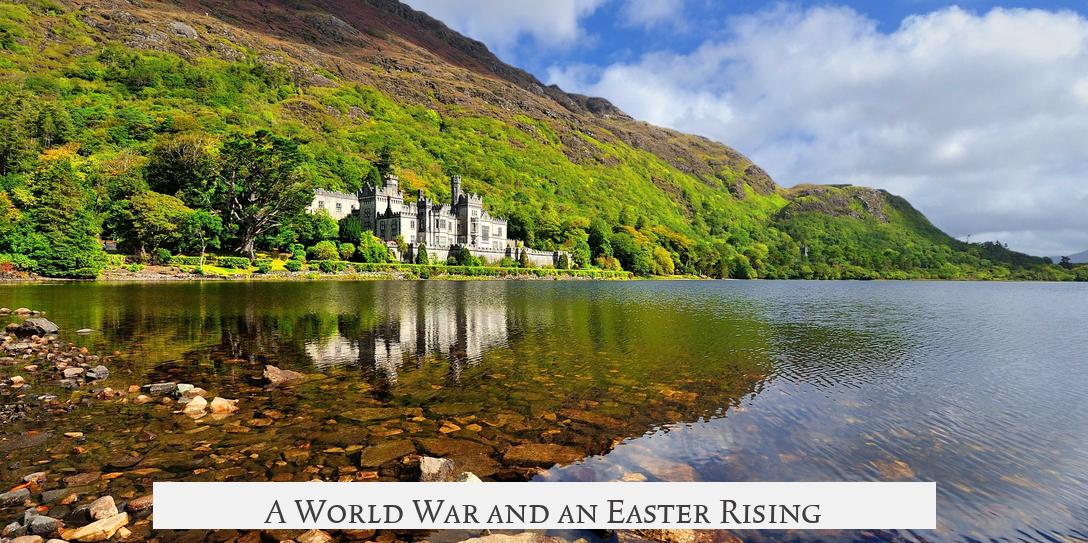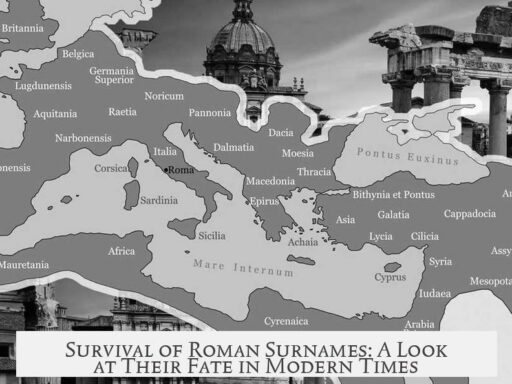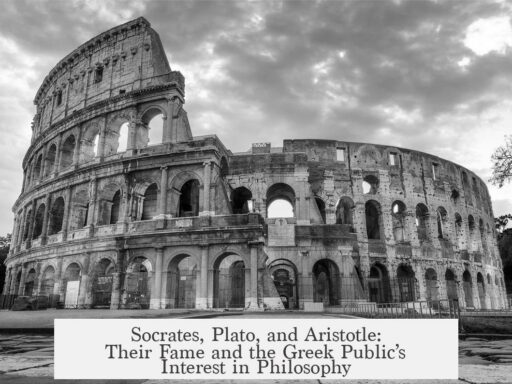Ireland is split into two countries due to historical, political, and religious factors culminating in the partition of 1921 and formalized by the 1922 Treaty. The island now comprises Northern Ireland—six counties remaining part of the United Kingdom—and the Irish Free State, which later became the Republic of Ireland.
The split roots back to early 17th century colonial strategies. The Plantation of Ulster, initiated by King James I, involved settling English Protestants and Scottish Presbyterians on lands forcibly taken from native Irish Catholics. This significantly altered the demographic and cultural landscape, creating deep sectarian divisions that would fuel conflict for centuries.
These plantations were meant to Anglicize Ireland and prevent rebellion. They provoked resentment and recurrent violence, especially notable during the 1798 rebellion, the Irish War of Independence, and more recently the Troubles. The sectarian divide aligned largely along religious lines: Protestants mostly identifying as Unionists wanting to remain under British rule, and Catholics supporting Irish nationalism and independence.
In the early 20th century, Ireland experienced a cultural revival. Movements promoting the Irish language and heritage encouraged renewed national consciousness. John Redmond’s Irish Parliamentary Party advocated Home Rule, a legislative measure to grant Ireland self-governance while remaining within the UK. The Home Rule Act passed in 1914 but was delayed due to World War I and opposition from the House of Lords.
Unionists in Ulster vehemently opposed Home Rule, fearing domination under a Catholic-majority government and economic harm, since Ulster had strong economic ties to Britain. Their fear was symbolized in the slogan “Home Rule is Rome Rule.” In 1912 and 1913, they formed the Ulster Volunteers, a well-armed militia prepared to resist Home Rule by force.
In response, Nationalists established the Irish Volunteers in 1913 to ensure the implementation of Home Rule. When World War I began, many members from both militias joined the British Army. Unionists fought to demonstrate loyalty to Britain. Nationalists fought to support small nations’ rights and to pressure Britain to enact Home Rule after the war. Both sides suffered heavy losses, notably at the Battle of the Somme in 1916.
During the same period, radical Irish republicans staged the 1916 Easter Rising, a failed rebellion centered in Dublin aimed at establishing complete independence. Initially, the Rebellion was seen as a betrayal, but the British government’s harsh response—arresting thousands and executing key leaders—shifted public opinion and fueled the rise of radical nationalism.
Following these developments, the Irish War of Independence (1919-1922) intensified the conflict between British forces and Irish republicans. In an attempt to bring peace, British and Irish delegations negotiated the 1922 Treaty. This treaty established the Irish Free State as a self-governing dominion but allowed Northern Ireland the option to remain part of the UK. Two days after signing, Northern Ireland voted to opt out of the Free State, formalizing the partition.
The treaty also set up a border commission to review areas where nationalist majorities in the north could join the south and vice versa. The hope was that Northern Ireland would shrink and eventually rejoin the Free State. Instead, the commission’s findings did not alter the borders significantly, and Northern Ireland remains part of the UK today.
| Key Events | Impact |
|---|---|
| Plantation of Ulster (1600s) | Settled Protestants on Catholic lands, sowing sectarian division |
| Home Rule Movement (Early 1900s) | Political drive for Irish self-governance inside UK, resisted by Unionists |
| Ulster Volunteers Formation (1912-13) | Armed unionist militia opposing Home Rule |
| 1916 Easter Rising | Radical nationalist rebellion; shifted public opinion towards independence |
| Irish War of Independence (1919-22) | Conflict leading to negotiation and partition of Ireland |
| 1922 Treaty and Partition | Created Irish Free State and Northern Ireland as separate entities |
The division of Ireland reflects complex interactions of colonial policy, religious identity, political nationalism, and responses to British rule. Each element contributed layers of conflict and negotiation that shaped the current political geography.
- The split was formalized following the Irish War of Independence through the 1922 Treaty.
- Sectarian and political differences drove the partition, with Protestant Unionists favoring British rule and Catholic Nationalists desiring independence.
- Colonial strategies like the Plantation of Ulster fostered longstanding divisions.
- Political activism in the early 1900s intensified demands for Irish self-governance and resistance.
- The border commission failed to significantly alter the lines, cementing division.
Why is Ireland Split into Two Countries?

Simply put, Ireland is split into two countries because of a complex mix of history, religion, and politics that culminated in the 1921 partition and subsequent treaties. The division sees Northern Ireland as part of the United Kingdom, while the rest, known as the Irish Free State (now the Republic of Ireland), became independent. But the story is far richer—and messier—than a quick summary can convey. Let’s unravel why an island barely larger than the state of Maine is divided between two distinct countries.
First, the split is officially traced back to the early 20th century, with clear roots in events centuries earlier. The immediate trigger was the 1921 Government of Ireland Act, followed by the 1922 Anglo-Irish Treaty. That deal created Northern Ireland—comprising six counties in Ulster, namely Antrim, Armagh, Tyrone, Fermanagh, Londonderry (Derry), and Down—as a self-governed region remaining within the United Kingdom. The remaining 26 counties became the Irish Free State, an autonomous dominion.
This arrangement gave Northern Ireland the unique legal right to opt out of the Free State, which it exercised just two days post-treaty signing. The decision was largely political and religious. The Protestant Unionists in Ulster wanted to stay linked to Britain, fearing the Catholic-majority south’s nationalist ambitions would threaten their culture and economy. Meanwhile, most Catholics in the rest of Ireland favored independence.
The Deep Roots: Plantation of Ulster
But why such a stark divide between these six counties and the rest of Ireland? To understand, travel back to the late 1500s and early 1600s when the English Crown initiated what’s called the Plantation of Ulster.
This wasn’t a friendly settlement invitation. Native Irish inhabitants were forced off their ancestral lands, which were redistributed to English Protestants and Scottish Presbyterians loyal to the Crown. These settlers fortified their new holdings and farmed the land, gradually changing the region’s demographic and religious makeup.
This plantation was part of a broader British strategy to Anglicize Ireland, curbing rebellion and dissent. However, it laid the groundwork for centuries of sectarian tension, resentment, and violence, as native Irish Catholics viewed the settlers as invaders. The scars from the plantation echoed through later conflicts like the 1798 rebellion, the Irish War of Independence, and the Troubles in the late 20th century.
The Home Rule Crisis: Building the Wall
Fast forward to the early 1900s. Ireland buzzes with a cultural revival—Gaelic games, language, and history see renewed interest. Politically, moderates like John Redmond, leading the Irish Parliamentary Party, push for Home Rule: a government where Ireland would have its own parliament but remain under the UK umbrella. Think of it like modern Scotland’s arrangement.
The Home Rule Act finally passed in 1914 but faced delays, partially due to the outbreak of World War I. Meanwhile, ultraviolet tensions mounted among different communities. Ulster Unionists, predominantly Protestant and economically tied to Britain, feared Home Rule meant “Rome Rule”—domination by Catholic Ireland. They saw their place in the British Empire as essential and refused to be sidelined.
In response, Unionists created the Ulster Volunteers and later the paramilitary Ulster Volunteer Force (UVF) to resist Home Rule by any means. Nationalists answered by forming the Irish Volunteers, led by figures like Eoin MacNeill, aiming to ensure Home Rule’s implementation. Here, Ireland was already a tinderbox, ready to ignite.
A World War and an Easter Rising

Then came World War I. Both Irish Unionists and Nationalists volunteered en masse to fight in the British Army, seeing different reasons. Unionists wanted to defend Britain and prove their loyalty. Nationalists hoped their contribution would guarantee Home Rule or perhaps greater freedoms afterward.
But while many soldiered abroad, a small radical faction backed by the Irish Republican Brotherhood staged the Easter Rising in 1916—a bold, armed rebellion seeking outright independence, notably in Dublin. It lasted just eight days and was crushed, viewed initially as a betrayal by many Irish, especially those fighting in Europe.
Yet public opinion shifted dramatically after harsh British reprisals against the rebels, including executions. Sympathy for the cause grew, radicalizing the public and setting the stage for the brutal Irish War of Independence (1919–1922). The British government, keen on peace, sought a political resolution.
The 1921 Partition and Aftermath
In the middle of the Independence War, Britain passed laws partitioning Ireland in 1921. This effectively created two governments on one island: the Irish Free State and Northern Ireland, remaining part of the UK.
The Anglo-Irish Treaty of 1922 confirmed this split, forcing Irish negotiators to recognize Northern Ireland’s statehood separately from the new Free State. Crucially, it established a border commission to evaluate whether parts of Northern Ireland with Catholic majorities might join the Free State.
Many hoped this would quickly shrink Northern Ireland until it merged southward. That did not happen. The border commission found limited shifts feasible; Northern Ireland remained intact—politically and physically divided.
Since then, Northern Ireland has remained part of the UK. It retains unique autonomy and influence but has experienced decades of conflict and political negotiation, particularly during the Troubles from the late 1960s through the 1990s.
What Does the Split Mean Today?
Is the split permanent? History suggests nothing is set in stone. Political shifts like Brexit have complicated the border question anew. Northern Ireland voted remain in the EU, while the UK as a whole exited. This divergence creates economic and political tensions across the invisible border.
Many people on both sides feel the legacy of division every day. For some, the split is a protection of identity, religion, and economic interests. For others, it’s a barrier to full Irish unity and peace.
Could Ireland be reunited someday? Political leaders and communities continue to debate and negotiate. The peace established by the Good Friday Agreement in 1998 offers frameworks for cooperation and dialogue that did not exist before.
Summing It Up
Ireland is split into two countries because of a mix of religious, political, and historical factors that date back to British colonization, the Ulster Plantation, nationalist movements, and competing visions for Ireland’s future. The 1921 partition and 1922 treaty formalized this division, creating Northern Ireland within the UK and the Irish Free State as an independent nation.
The island’s history is a testament to how centuries-old policies and cultural divides can shape present geopolitical realities. Understanding this split requires appreciating the fears, hopes, and struggles of communities whose lives have been deeply affected by borders drawn nearly a century ago.
So the next time you hear someone casually mention the “Irish border,” remember it’s more than a line on a map—it’s a living legacy of complex history and human stories still unfolding today.
Why was the island of Ireland divided into Northern Ireland and the Irish Free State?
In 1921, Ireland was split due to political and religious tensions. Six mainly Protestant counties remained with the UK as Northern Ireland, while 26 mainly Catholic counties formed the Irish Free State.
What role did the Plantation of Ulster play in the division of Ireland?
The Plantation of Ulster in the early 1600s settled English and Scottish Protestants in Ulster, leading to resentment and sectarian violence that contributed to the later split.
How did the Home Rule movement influence the split of Ireland?
The Home Rule push aimed for Irish self-government within the UK. Unionists feared Catholic dominance and opposed it, leading to armed resistance and deepening divisions.
What effect did the 1916 Easter Rising have on Ireland’s division?
The failed Easter Rising initially hurt Home Rule support but shifted public opinion. Harsh British responses radicalized many, fueling the 1919-1922 War of Independence and the eventual partition.
Why did Northern Ireland choose to stay part of the UK after 1922?
Northern Ireland was given a vote after the 1922 Treaty. The mainly Protestant population voted to remain in the UK, rejecting joining the Irish Free State.
Was the border between Northern Ireland and the Irish Free State final in 1922?
The 1922 Treaty set up a border commission to adjust Northern Ireland’s borders. It hoped to reduce its size or merge it with the Free State, but this never happened, leaving the border intact.




